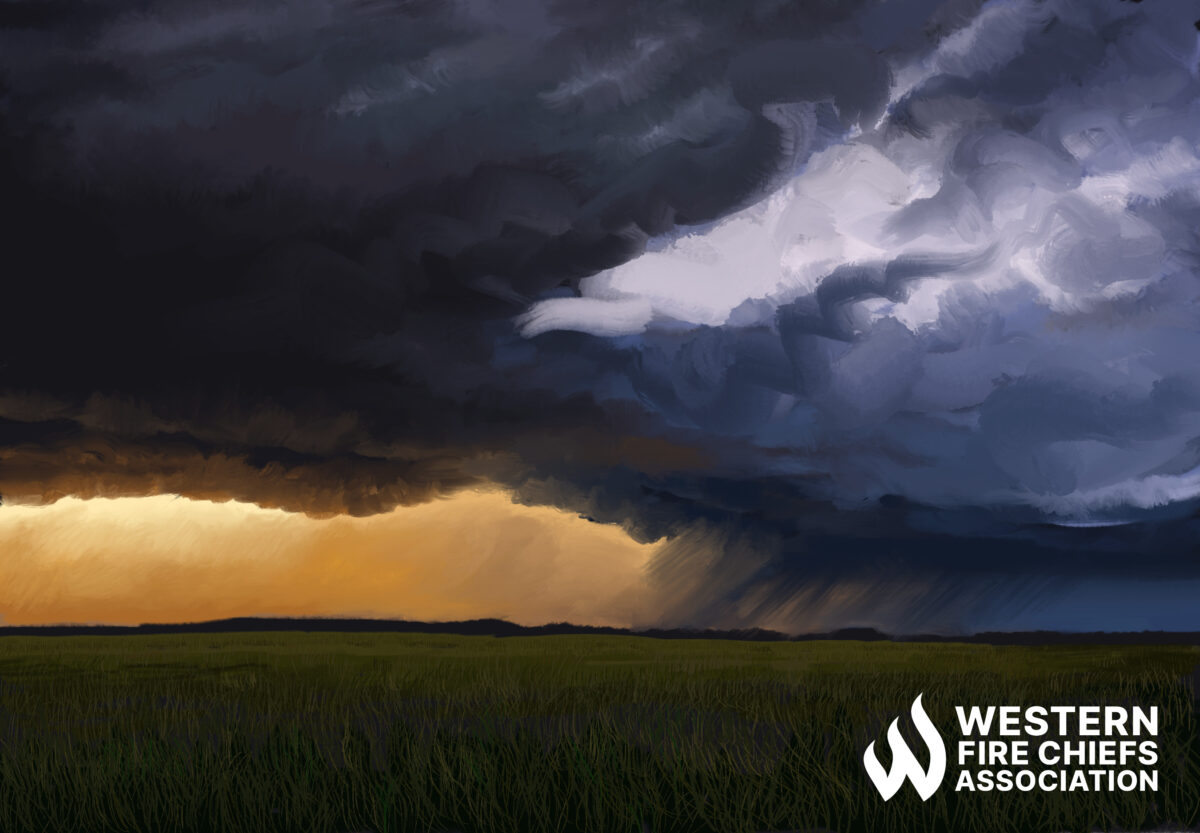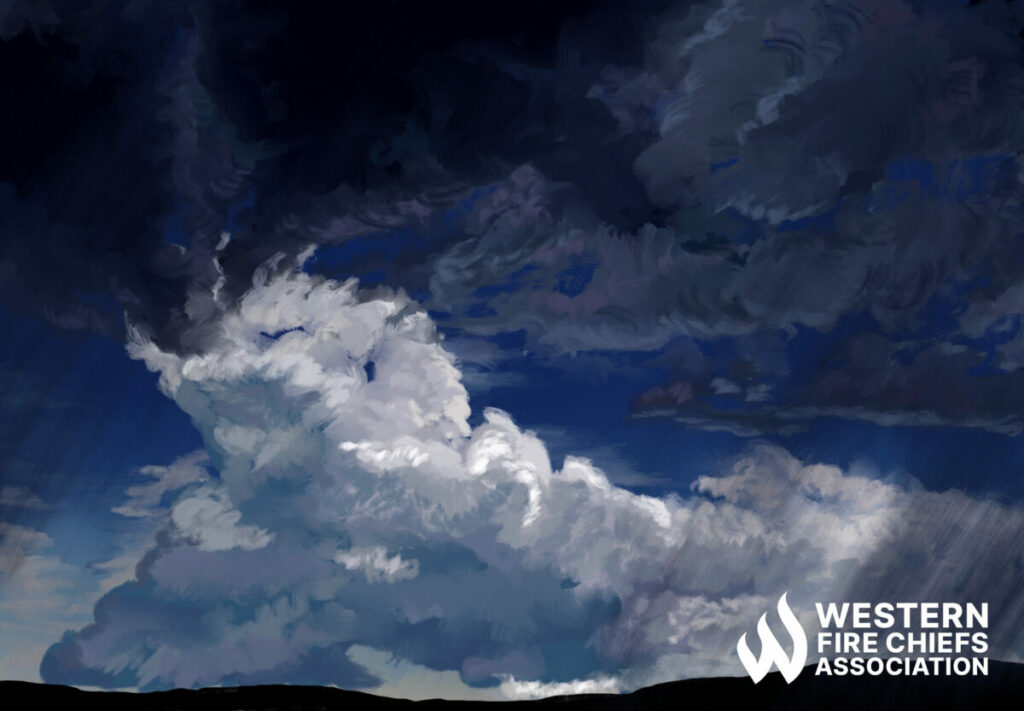Firework Safety Tips: How to Stay Safe
Discover essential firework safety tips to ensure a dazzling display without accidents. Learn how to celebrate responsibly with expert guidance from WFCA.
Discover how relative humidity (RH) affects a fire, and why it is very important for taming a fire with expert guidance from the Western Fire Chiefs Association (WFCA).
Published:November 8, 2022
Edited:March 4, 2024

Discover how relative humidity (RH) affects a fire, and why it is very important for taming a fire with expert guidance from the Western Fire Chiefs Association (WFCA).
Understanding the relationship between humidity and fire danger can ensure you take the right steps to prepare under certain conditions. If you have ever wondered, “How does humidity affect a fire, and how does that impact me?” read on!
The following three weather elements influence fire behavior:
In the right proportions, these factors can lead to extreme fire behavior. Fires spread in hot, dry, and windy conditions. When temperatures are warmer and there is lower relative humidity, it makes fuels more receptive to ignition. When winds are strong, they supply more oxygen, preheat fuels in the path of the fire, and transport embers ahead of the flaming front.
Relative humidity (RH) is defined as the ratio of the amount of moisture necessary to saturate the air at the same temperature and pressure. RH is expressed as a percentage, and it is the key to understanding how humidity affects a fire.2
You can obtain the RH from a local weather station as they generate an automated reading. You can also manually measure RH with a wet and dry bulb reading.

Relative humidity affects wildfires by either dampening or drying out potential fuel. The air exchanges moisture with the soil and dead vegetation or organic matter. Forest fuels include needles, twigs, shrubs, downed trees, logs, etc. Fuel includes anything and everything that is combustible.
Fuel moisture is measured for both live herbaceous and woody fuels as well as dry, dead fuels. The values represent the approximate moisture content of the fuel. In particular, understanding the dead fuel moisture content is critical in determining fire potential.
When relative humidity decreases, fire behavior increases because fine fuels like grass and pine needles become drier quickly. Heavy fuels are less easily affected by changes in humidity, and it often takes a larger or longer-lasting event to affect the moisture significantly.
Low humidity levels dry out vegetation fuels on a short-term basis, and they can also cause a short-term spike in fire danger. The relative humidity is lowest when the air temperature is high and the dewpoint temperature is low. The dewpoint temperature is the temperature when the air needs to be cooled to become saturated.
So, how does humidity affect fire? When there are cooler temperatures and/or high atmospheric moisture levels, it reduces fire danger. Check with your local weather station or fire station to understand the critical relative humidity levels as they vary by region.
Discover essential firework safety tips to ensure a dazzling display without accidents. Learn how to celebrate responsibly with expert guidance from WFCA.
Explore the role of AI in wildfire prediction with guidance from the WFCA. Learn how advanced algorithms and data analytics enhance early detection and response.
Empower your community with a detailed guide on creating a Wildfire Protection Plan. Explore crucial steps and strategies with expert guidance from the WFCA.